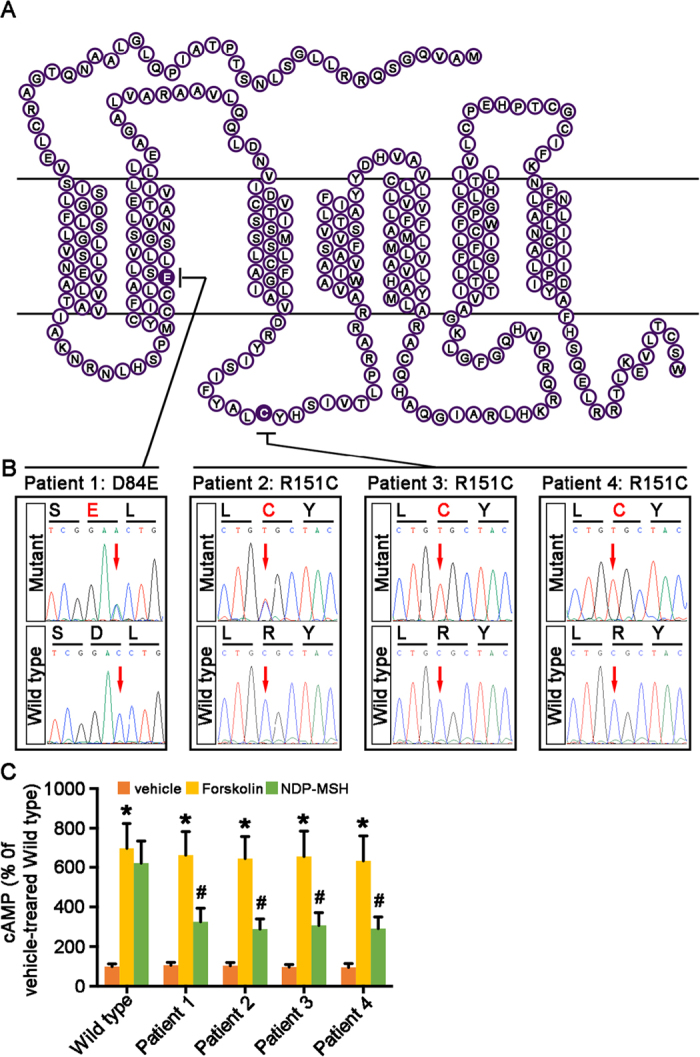Figure 1. Nephrotic patients with congenital red hair color carry dominant-negative mutations in MC1R.

Blood specimens from 4 red-haired nephrotic patients were collected and processed for Sanger DNA sequencing of the protein-coding region of MC1R gene. (A) Schematic diagram of the protein structure of MC1R depicting the amino acid sequence. A single amino acid substitution deduced from MC1R gene sequence was found in the 4 patients respectively and was highlighted in black. A substitution of Aspartate (D) by Glutamate (E) at amino acid position 84 was found in patient 1, a substitution of Arginine (R) by Cysteine (C) at amino acid position 151 in patient 2, 3 and 4. (B) Partial sequencing chromatograms reveal heterozygous C252A point mutation in patient 1, heterozygous C451T mutation in patient 2, and homozygous C451T mutation in patients 3 and 4, all resulting in antimorphic dominant-negative MC1R alleles responsible for the phenotype of red hair color. (C) PBMCs, prepared from the 4 red-haired patients and a control individual with wild-type MC1R, were treated with forskolin (10 μM) or NDP-MSH (10−7 M), a potent non-steroidogenic pan-MCR agonist, for 6 hours followed by the cAMP assay. Vehicle-induced cAMP formation in PBMCs derived from the wild-type individual was defined as 100%. #P < 0.05 vs NDP-MSH-treated wild-type PBMCs (n = 6); *P < 0.05 vs vehicle-treated PBMCs for each study subject (n = 6).
